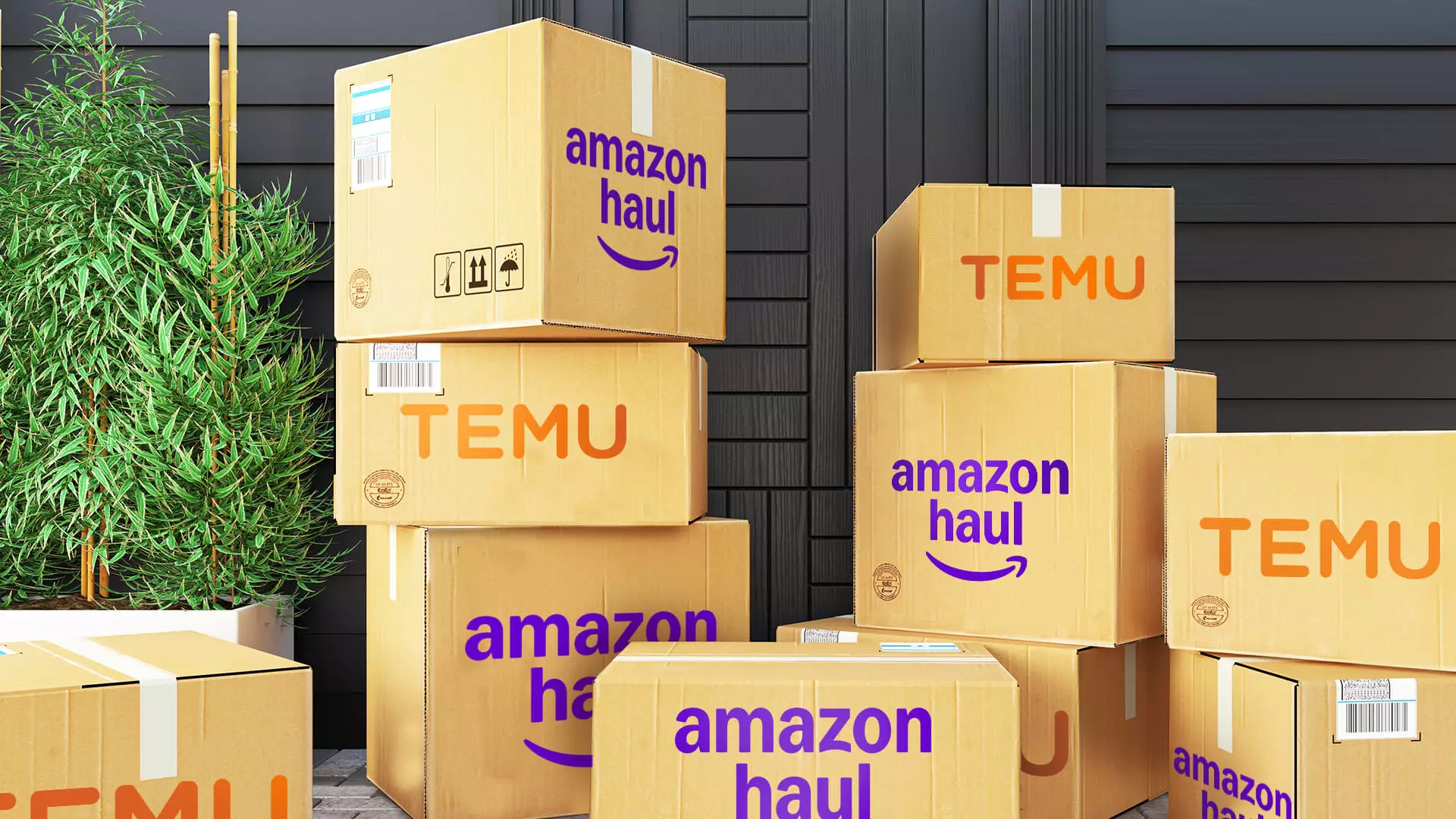Amazon’s competitive venture, known as “Haul,” is a response to emerging e-commerce threats such as Temu, Shein, and TikTok Shop, primarily grounded in low-cost goods stemming from China. Launched initially in the United States in November, Haul positions itself as an online storefront offering a plethora of affordable items, typically priced under $20. These include a range of products from fashion accessories to home essentials, appealing to an audience eager for budget-friendly options. As the company seeks to broaden Haul’s reach beyond the U.S. into European markets, its strategy hints at a significant shift in Amazon’s approach to online retail.
Insiders reveal that Amazon is gearing up for a European launch of Haul later this year. Recent job postings targeting positions within the Haul team indicate a global rollout strategy. Though these listings have since been removed, an indication of the ambition behind them is undeniable: Amazon aims to establish Haul as a mainstream option in various international markets. The company’s spokesperson hinted at a strategic focus on working with selling partners to enhance customer experiences, prioritizing selection, affordability, and convenience. However, the specifics of the expansion remain largely under wraps, reflecting the competitive landscape and the need for a stealthy approach.
Amazon’s response to competitors like Temu and Shein underscores an evolving retail dynamic. These companies have rapidly gained traction in U.S. markets, primarily by capitalizing on consumers’ desire for low-priced goods without compromising accessibility. Haul mimics this model, offering ultra-low-priced products that draw in cost-conscious consumers. The challenge for Amazon will be maintaining this competitive pricing model while evolving its logistics and operational frameworks to support a worldwide presence.
Despite its beta status in the U.S., Amazon is making notable investments in enhancing the Haul platform. This includes introducing features like sponsored product listings within search results, thereby monetizing the experience for sellers while increasing visibility for their brands. At a time when online advertising revenue is a significant portion of Amazon’s earnings—totaling over $56 billion in 2024—the strategy to integrate advertising within Haul aligns with broader corporate goals.
The anticipated launch of Haul in Europe is not without its challenges. One significant concern arises from Amazon’s approach to product packaging. Using plastic packaging for Haul shipments could contradict the company’s ambitious sustainability commitments in this region. Amazon has already made strides in transitioning to sustainable packaging solutions across its European operations, focusing on recyclable materials. As the Haul expansion proceeds, reconciling affordability and market sustainability practices will likely be an ongoing tension for the company.
Additionally, external factors from regulatory environments pose further obstacles. The scrutiny facing cross-border shipments, particularly those originating from China, may complicate Amazon’s logistics strategies. Recent discussions surrounding the de minimis rule—a regulation allowing duty-free importation of packages valued under $800—illustrate the shifting political landscape affecting e-commerce dynamics. While CEO Andy Jassy acknowledges Amazon’s role in these shipments, competition from cheaper Chinese retailers like Shein and Temu intensifies the stakes.
As Amazon evolves its Haul platform, it must remain adept at navigating the broader narratives in e-commerce. This involves not just competition on price but also leveraging influencer partnerships and social media strategies to engage younger audiences. For instance, the collaboration with lifestyle influencers, who curate “fashion picks” on Haul, demonstrates an understanding of contemporary marketing trends, integrating social commerce into the purchasing experience.
Yet, as the landscape continually shifts, Amazon’s long-term success with Haul will hinge on its ability to adapt. This includes enhancing customer experience through seamless logistics, cultivating unique inventory that meets local preferences, and maintaining competitive pricing structures amidst rising operational costs.
The future of Amazon’s Haul extension into Europe and beyond involves striking a balance between speed and sustainability, affordability, and compliance. The unfolding developments will likely set a precedent for how large-scale e-commerce can adapt to both competitive pressures and evolving market expectations. If successful, Amazon could redefine value-driven retail on a global scale, continuing its legacy of reshaping how consumers navigate their shopping experiences. However, with risks looming from both regulatory scrutiny and market expectations, the approach Amazon chooses to take will not only influence the trajectory of Haul but also its position in the global marketplace for years to come.

